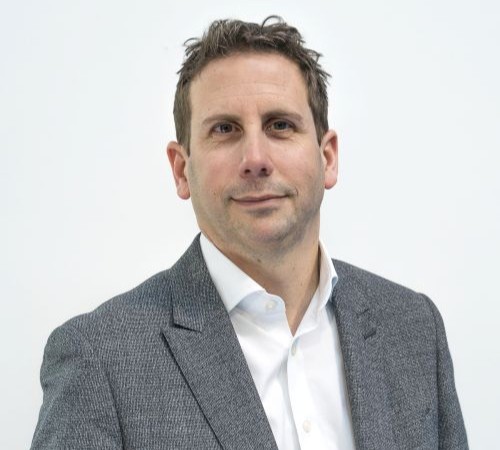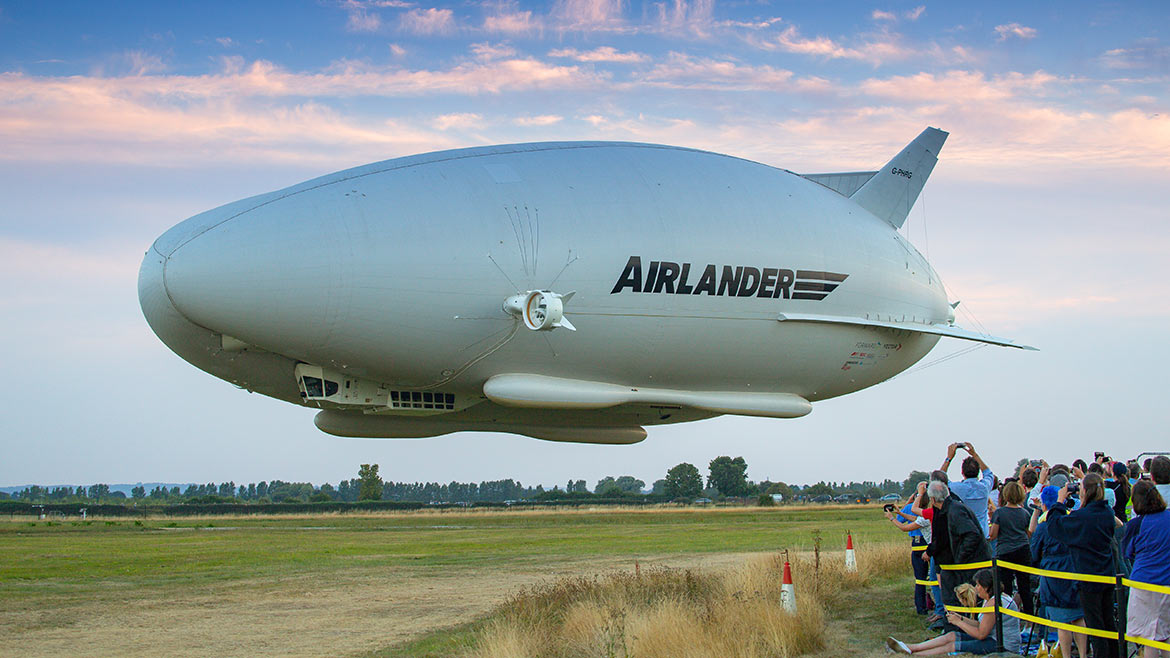Case study overview
Tom embarked on an aeronautical engineering degree at the University of Bristol, and his career swiftly took off, thanks in part to the ELS programme. Tom has worked on fighter jets and jumbos. His latest venture is in low carbon aircraft.
The ELS programme was a really good way for me to learn about different applications within aerospace and which directions I would like my career to go in.

Ready for take off
To complement his undergraduate degree, Tom joined a team competing in a university rocketry competition. “It led to standing in a wet field in Lincolnshire and launching this thing up into very low clouds. But having the joy of seeing it reappear and float back down on its parachute is a great memory” he says. He applied for the ELS programme to “open as many doors and opportunities as possible”.
Among other things, the award enabled him to fly to Australia and work at the University of Sydney, where he helped build wind tunnel models and get flight simulator devices up and running. Tom also enjoyed the ELS programme residential weekends at the University of Cambridge. “That network building opportunity gave me academic insight into some of the challenges facing engineering and society, including the manufacturing sector. It was a really important part of the course,” he says.
Gaining altitude
Tom joined BAE Systems when he graduated. “I was extraordinarily fortunate to join SIGMA, its fast track scheme for accelerating engineers into positions of engineering accountability. I think the ELS programme was a big part of that because there was a high bar to entry,” he says. SIGMA allowed him to move around the company, working on the Eurofighter Typhoon early on.
Tom then joined the Airbus team working on the Airbus A380 superjumbo. He then ran a programme developing big winglets, which gave him experience in systems engineering, rapid prototyping, and flight test. He rose up the ranks to become an assistant chief engineer for BAE Systems unmanned aircraft business, developing and testing UAVs in the UK and overseas.

Flying high
In his final three years at BAE Systems, Tom ran the business delivering engineering and maintenance support to the Royal Air Force Tornado fleet, wherever they were based. “I’m proud that we made a big difference there. We decreased the costs of doing that job and at the same time provided more service. So that was a big programme and a big deal,” he says.
My whole career has been based on that weaving in of academic learning and practical exercise that began with the ELS programme alongside my university studies.
New destination
For the last twelve years, Tom has been working for a smaller company – Hybrid Air Vehicles – as operations director and now CEO. The company is developing a new type of aircraft called Airlander, which is designed to deliver very low carbon emissions flight.
“We are pushing it towards being a zero emissions aircraft,” Tom explains. “Our next goal is to be able to fly 10 tonnes of equipment or 90 people with 10% of the carbon emission footprint of other aircraft. Reducing emissions is an imperative for aviation. Airlander shows how there are new ways to deliver more services from the air with less impact – and less cost.”
Interested in participating in the Engineering Leaders Scholarship?
Visit the programme pages to find out more about how it could benefit you and your career.
